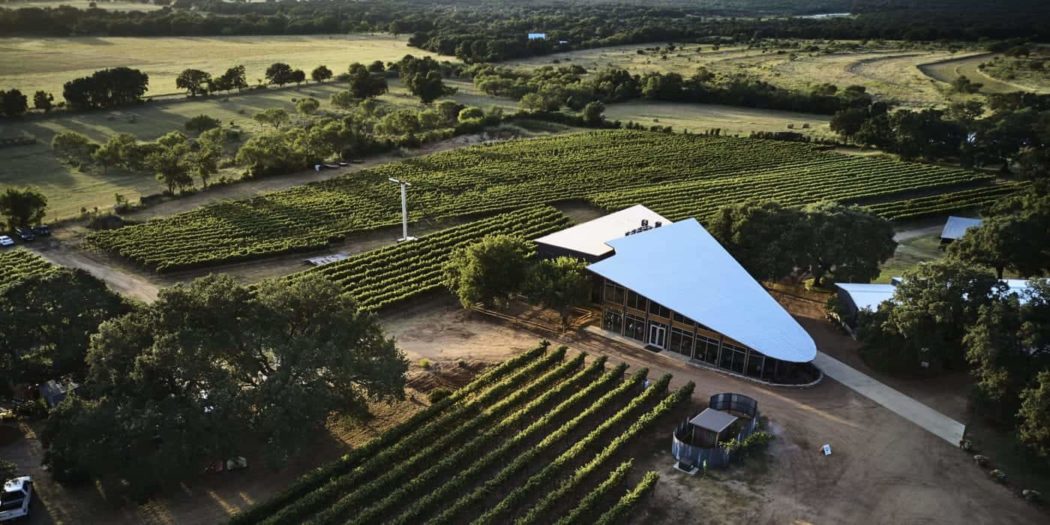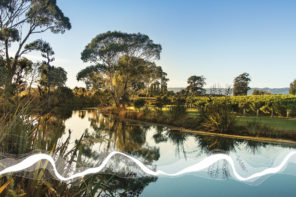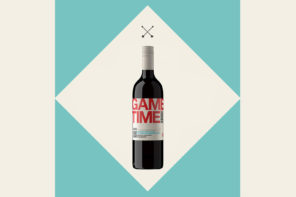Unexpected Wine Regions from Around the World
Written by Vanessa Price
You’re scanning the list at your favorite wine bar, likely you’ve passed all of the sections of wine from France, Spain, Italy, and California. The usual suspects. Flip of the page takes you to the Interesting Reds page or the Unique White column—you know the area of the menu we’re talking about. Maybe they’ve got an interesting blend or a unique process, but the region—that’s the fun. “What does a wine from Texas taste like?” Bigger? Bolder? You might assume. Order the glass, but before it gets to the table, travel the next few pages and explore the more unexpected wine regions of the world.
Lebanon
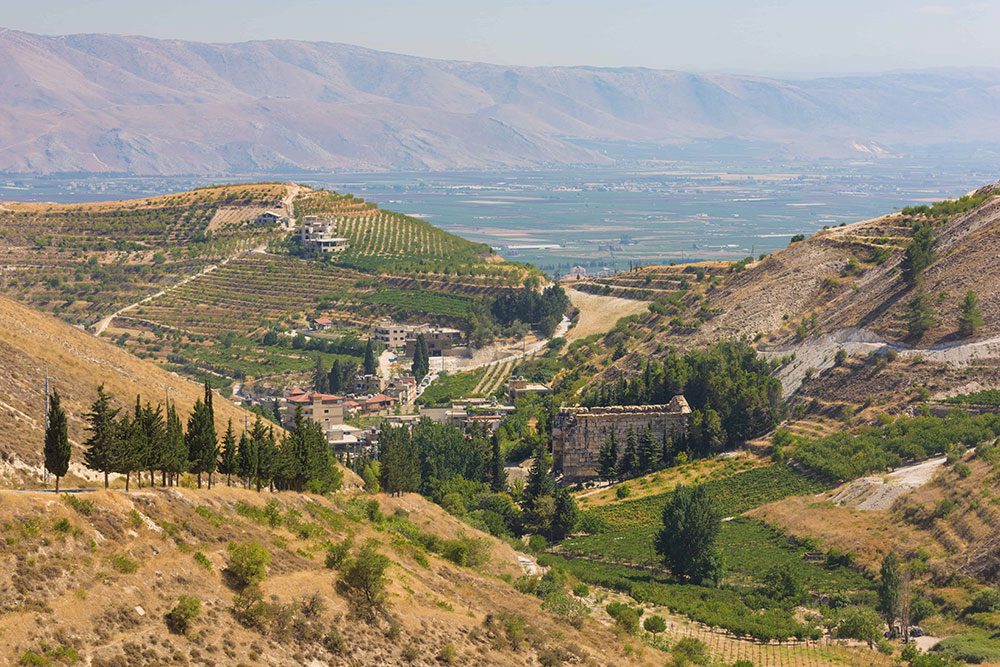
The Vitis vinifera grapevine (the species that produces every grapevine you’ve ever heard of like chardonnay and cabernet sauvignon) has been cultivated in Lebanon for more than five thousand years. It took some time for them to figure out the grapes also made good wine, but that still beats Alexander the Great by about three millennia. To give you an idea of how wildly dedicated these wineries are to their craft, the 1984 was harvested at the height of the Lebanese Civil War, with bullets flying as they picked grapes. At Chateau Musar, only two vats were produced, and other than a few bottles that were sold to private collectors in 2013, they’ve never seen the light of day. Bekaa Valley Bordeaux blends are not only uncommonly good, the stories they carry make them more fascinating than almost any other wine produced today. They contain all the wonders of classic Left Bank cabernet sauvignon–based Bordeaux with the added intoxications of Mediterranean herbaceousness and earthy rusticity.
Georgia
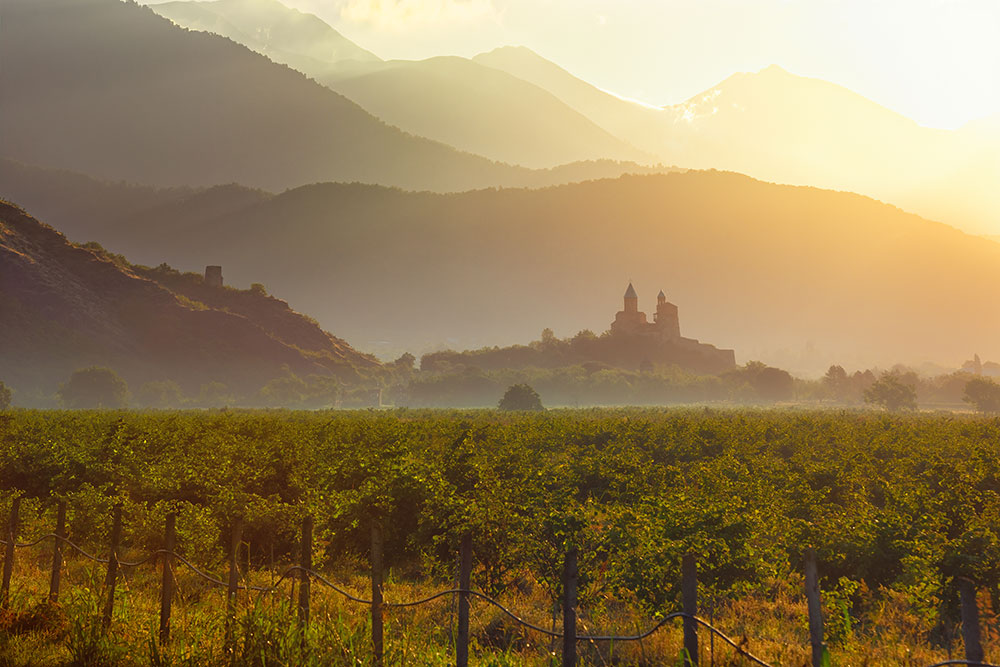
Ever wondered where wine comes from? While the oldest records date back to what is now considered modern-day Iran, there is no wine produced there today. Almost as ancient as this history is the grape cultivation culture in the country of Georgia, dating back at least 8,000 years. Granted, this was when you took some grapes, buried them in some clay pots in the ground and whatever happens happens, it was still wine and humans still liked to drink it and be drunk from it. The ancient Georgians liked it so much—archaeologists have found artifacts dating back several thousand years gilded with wine decor like grape clusters and leaves, not that different from the tchotchke currently residing in your random kitchen utensil drawer (ancient Georgians, they’re just like us). Unlike Iran, the Georgians are still going strong in the wine production department today. And there’s a new generation of sommeliers who’ve made it their mission to make sure we know the ancient style they specialize in is seeing a modern revival— known as “skin contact wine” (sometimes called “orange wine” this is a bit of a misnomer as this style has a range of colors from honeyed gold to neon carrot). In the simplest sense, they are white wines made like reds: instead of removing the skins from the juice, as with most whites, the skins are left in during the fermentation process, as they are for reds. This enhances body and tannic presence without using oak, which diminishes the expression of a wine’s acidity. Since the fermentation can last from a few hours to a few months, the variations in color and style can be extreme. Rkatsiteli (caught-suh-tell-ee) is by far the most important white grape in Georgia and is often made in this skin-contact style.
Uruguay
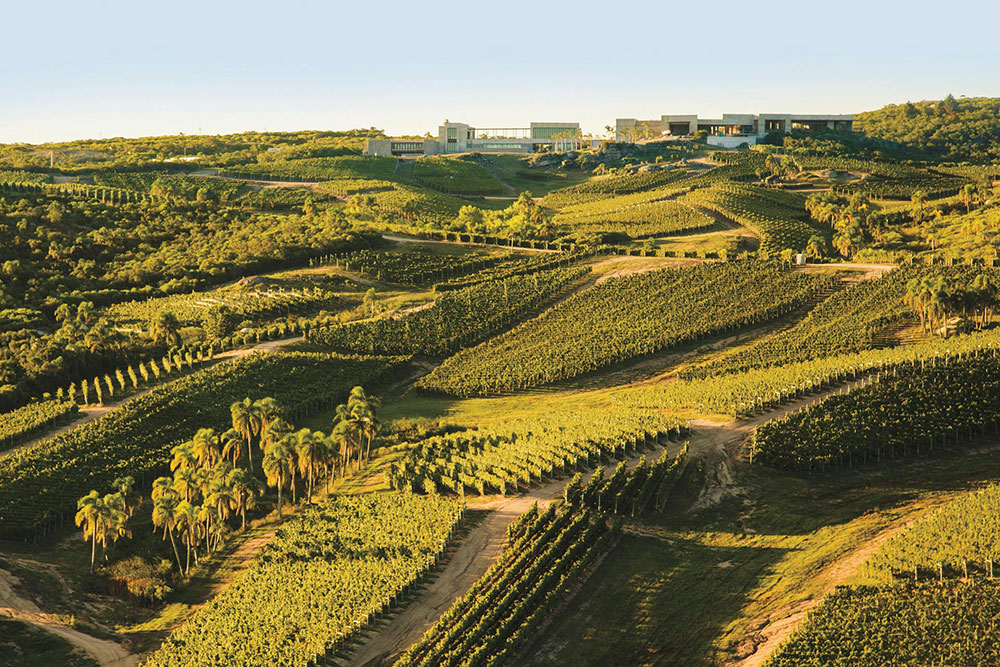
Can you find Uruguay on a map? No judgment if not, but let’s change that and quick. While you’re at it, find a red wine from this country (the size of Oklahoma) called Tannat. A small nation swaddled between Argentina and Brazil on the eastern coastline of South America, this is a country known for just about anything else other than wine. Yet this little engine that could has carved out its own niche well-known in the wine community.
A country of a little under four million people, it has a surprisingly long wine history. In the 18th century, European immigrants came to Uruguay with grapevines to plant for wine production in tow. A century later, Spanish settlers from Basque country planted Tannat. This was a grape that was historically grown in the Madiran AOC of South West France. A huge-bodied, powerfully tannic grape that is today considered the “national grape” of Uruguay.
This is a nation with three times the number of cows as the size of the population. They consume more beef per capita than any other nation than their Argentine neighbor. A diet like that dictates the need for a big, powerful red wine and Tannat gives that in spades. Tannat also contains some of the highest polyphenols (antioxidants) of all red wines, making it the “healthiest” of wines to drink. With intense black fruit, licorice, dark chocolate, coffee grounds and a signature smokiness, these wines are often spice-driven with nuances of baking spices and vanilla. Not to mention they are so inky dark you could probably put pen to paper with your glass and the right ink pen.
Texas
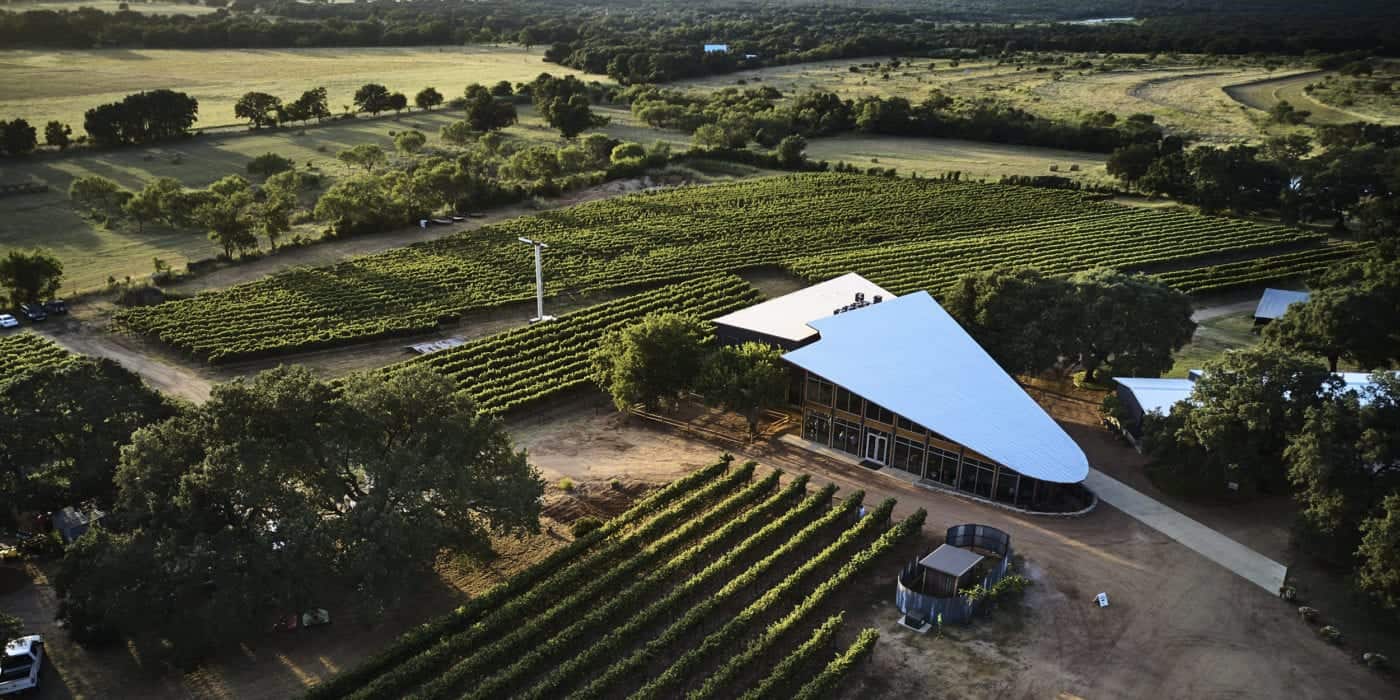
Yes, Texas. The largest state in the contiguous US, the state that can fit two and a quarter Italys comfortably in its borders, also happens to be one of the most productive wine-producing states in the US. Fifth in total production behind California, Washington, New York and Oregon (respectively), the great state of Texas was actually planted with vines for the intended purpose of wine production more than a hundred years before Virginia or even California. Starting in the 1650s, wine was made for sacramental purposes in the Catholic church and production thrived. Expanding to commercial purposes well into the late 1800s, there was a Texan who came on the wine scene that should be known by every wine lover in the world today, T.V. Munson. Munson helped to develop and promote the grafting of American rootstock that would eventually save the existence of wine as we know it from the very lousy louse phylloxera. It was only the unfortunate years of that pesky Prohibition (1920-1933) that single-handedly dismantled the growing industry in the state. In 1970, the revival began when a few folks had the gumption to not only replant but replant with grapes that make sense for a climate hotter and drier than California (harvest can start as early as July here). The majority red wines made here all share the same big body, ripe fruit, savory spice and intense flavors. When they say go big or go home, this is what they mean.
Switzerland
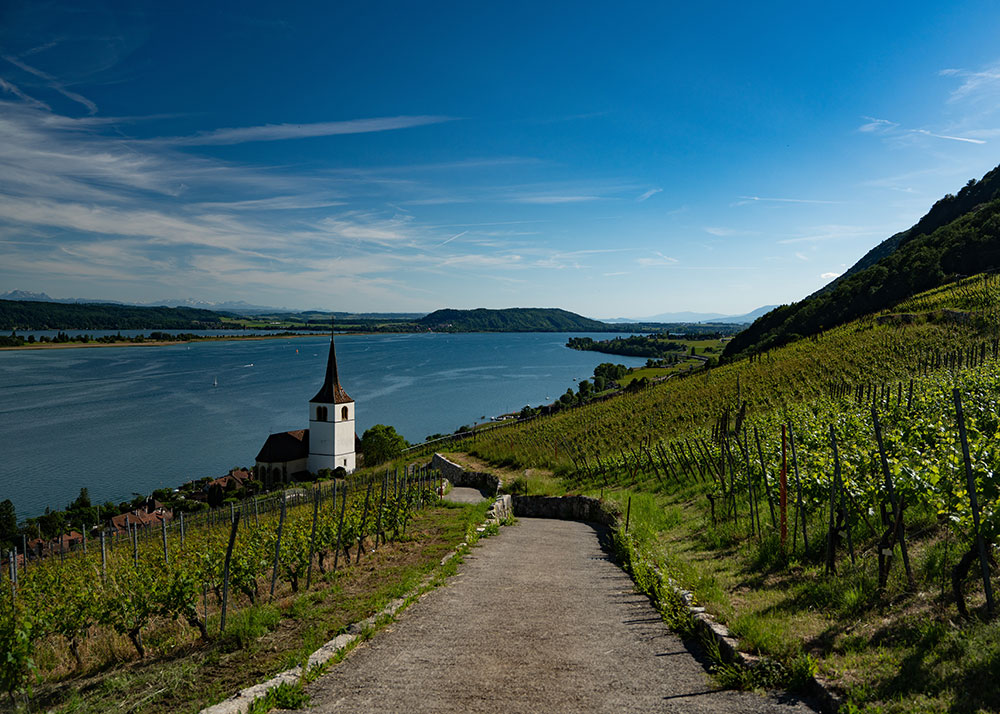
Yes, you know Swiss chocolate and maybe you’ve even had the swagger to ski in those Alps a time or two. But the real question is, do you know Swiss wine? This teeny-tiny, famously neutral land has been making wine for over 2,000 years. But much like everything else with the Swiss, they are content to keep it largely to themselves, with most wine produced being consumed locally and very little making it out for export. Of what little does escape abroad, the vast majority is a white wine made from a grape called Chasselas (chahs-uh-lah), their national pride and joy. The opposite of Mouvèdre in Texas, Chasselas is a grape that is vigorous and ripens way too fast if it isn’t grown in cool enough climates to slow down and even the ripening of the grapes enough to make some good fermented grape juice. Much like the country itself, the common impression of white wines made from this grape is uncompromising neutrality and a general lack of any flavor or aromatic expression. But that’s typically because it’s grown in places with too much warmth and sun and the vigor gets out of control, producing those looks-and-smells-like-nothing kinds of wines. But if you find the good stuff, the stuff grown where vigor stays under control, the wines can be honeyed, salty and floral with electric acidity and a nuttiness that shows deliciously more with age.

